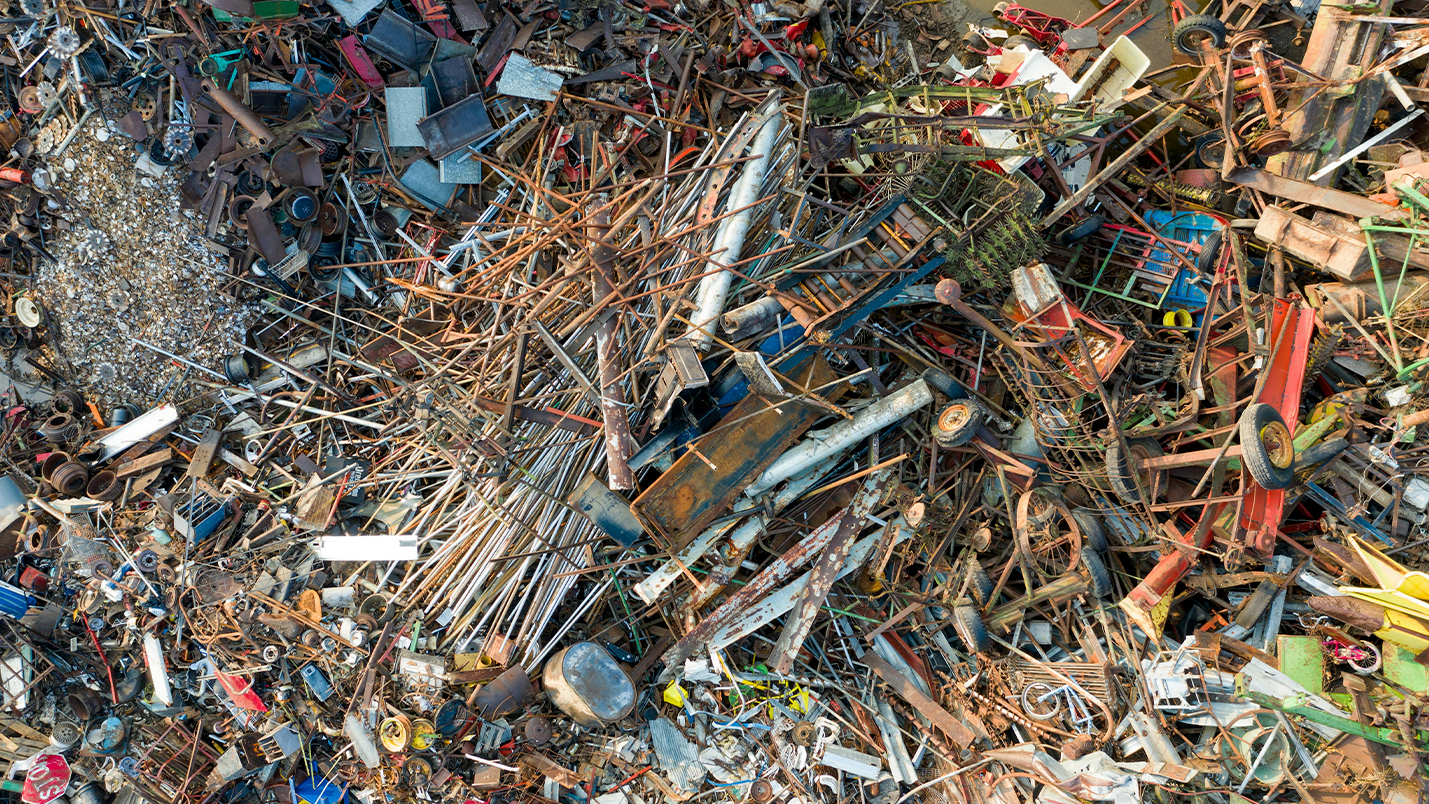There is a renewed interest is metal recycling and the opportunities are enormous. It is foreseen that investments will increase significantly given the growth in the demand for energy transition metals. There are many obstacles to overcome, but the opportunities are very significant.
There are several incentives that will build a prolonged increase in the investment in recycled metal: Recycling will help alleviate the supply limitations of primary metals; carbon emissions, sustainability awareness and preference for secondary sources; and security of metal supply when increasing local consumption.
The world will benefit greatly from circular economies but there are structural changes that need to be introduced into current market dynamics. There are five key trends that will shape the secondary market:
1. Rebalancing the secondary metals supply value chains
There is a significant trade imbalance in many markets that need to be addressed. The current dynamics of the secondary metals market are not compatible with supporting climate change monitoring or guaranteeing the supply of critical materials.
It is necessary to establish stricter quality standards and import restrictions to promote local supply of scrap metals and discourage exports. Currently, these policies are increasingly common and will lead to the deglobalization of scrap trade, which will open opportunities for new processing capabilities.
2. Vertical integration and consolidation
Despite the recognition as a low-carbon and sustainable raw material, this sector faces several challenges, including raw materials shortage, disrupted trade and volatile prices. There are also increased environmental, social and governance monitoring.
The best way to ensure reliable supply, quality and regulatory compliance is to control broader segments of the value chain. However, manufacturing industries do not necessarily want to be metal transformers and metal transformers do not want to be scrap metal collectors.
3. Mitigating the effects of scrap shortage
Demand for secondary material could translate into lower scrap supply unless recycling and utilization rates improve. Also, legislation on the minimum content of recycled material will stimulate demand for higher quality material.
4. A revolution in recycling technology
In many mature markets, low-quality scrap is the marginal supply. Higher cost production provides elasticity to the market when primary supply is scarce. Technological advances will be necessary to unlock greater volumes at a lower incentivized price.
Advances in recycling technologies are already improving the efficiency and quality of scrap metal treatment. Innovations in detection, sorting and separation techniques are improving recovery rates and reducing end-of-life product waste.
Digitization and data analytics are also playing an important role in optimizing operations and improving material tracking in the scrap value chain.
5. Disruption of pricing mechanisms
Global pricing mechanisms for this type of markets operate like many other differentiated commodities. Prices are commonly determined through price information agencies. The London Metal Exchange has a steel scrap future market, but none of the mechanisms are particularly transparent and there are opportunities for traders and market participants.
The price of scrap metal is usually based on the price of the underlying primary metal. Thus, smelters, refiners and semi-manufacturers pay a discount on the value of the metal it contains. These discounts change based on regional scrap and primary metal supply and demand fundamentals.
New regulations, trade tariffs and carbon policies will affect the cost and value of scrap. Carbon pricing and border adjustment mechanisms will help make underused scrap more economical. Historical relationships between scrap, primary products and utilization may be broken.
In the end, the economic growth for metal recycling is destined to be significant and the companies that are able to recognize and adapt to the opportunities in secondary markets will benefit from their economic and environmental advantages.


